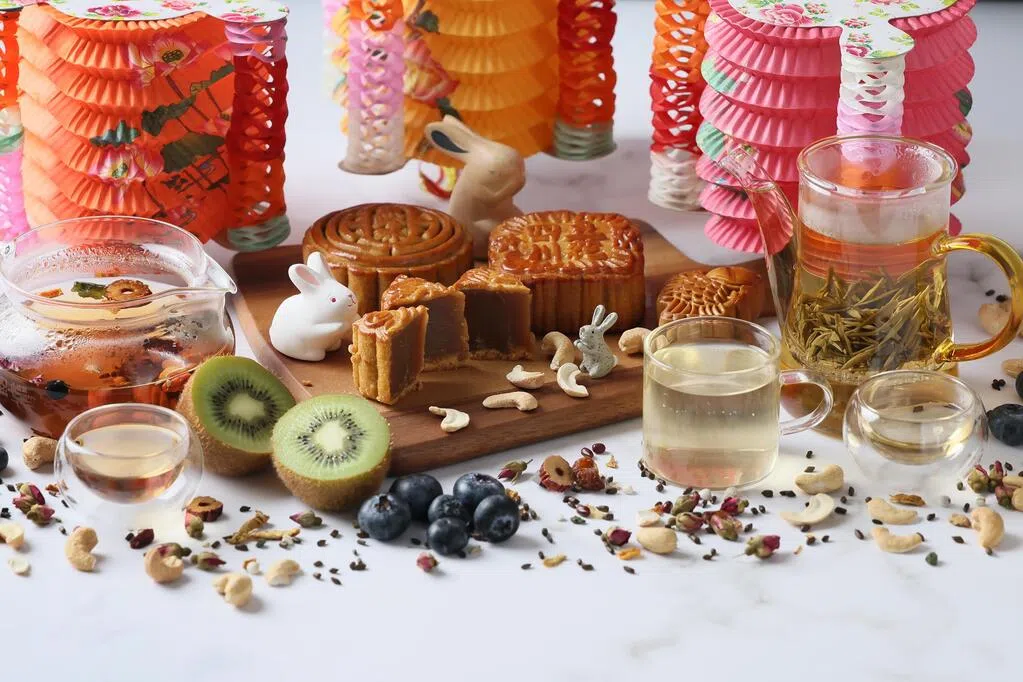Hong Kong's neon-lit streets, its fragrant alleyways, and its title as the World's Culinary Capital, reveal a culinary legacy of captivating Hong Kong cuisine.
Hong Kong, the Pearl of the Orient, is not only a financial center and a shopping paradise, but also a must-visit destination for food lovers. Its culinary culture blends East and West, tradition and innovation. Let's take a look!
content
01 Typhoon Shelter Fried Crab
02 Sham Tseng Roast Goose
03 Swiss Chicken Wings
04 Gold Medal Squab
05 Wonton Noodles
summary
01 Typhoon Shelter Fried Crab
A Delicious Heritage of Fisherman's Wisdom
One of Hong Kong's ten classic dishes, Typhoon Shelter Fried Crab is a seafood delicacy that boasts a vibrant appearance, aroma, and flavor. Its essence lies in the unique flavors of its ingredients: the sweet, crispy, and yet not burnt, aroma of fried garlic, combined with the spicy flavor, fragrant black bean sauce, and savory dried scallop. Combined with the crab, it creates a succulent, savory, and appetizing dish.
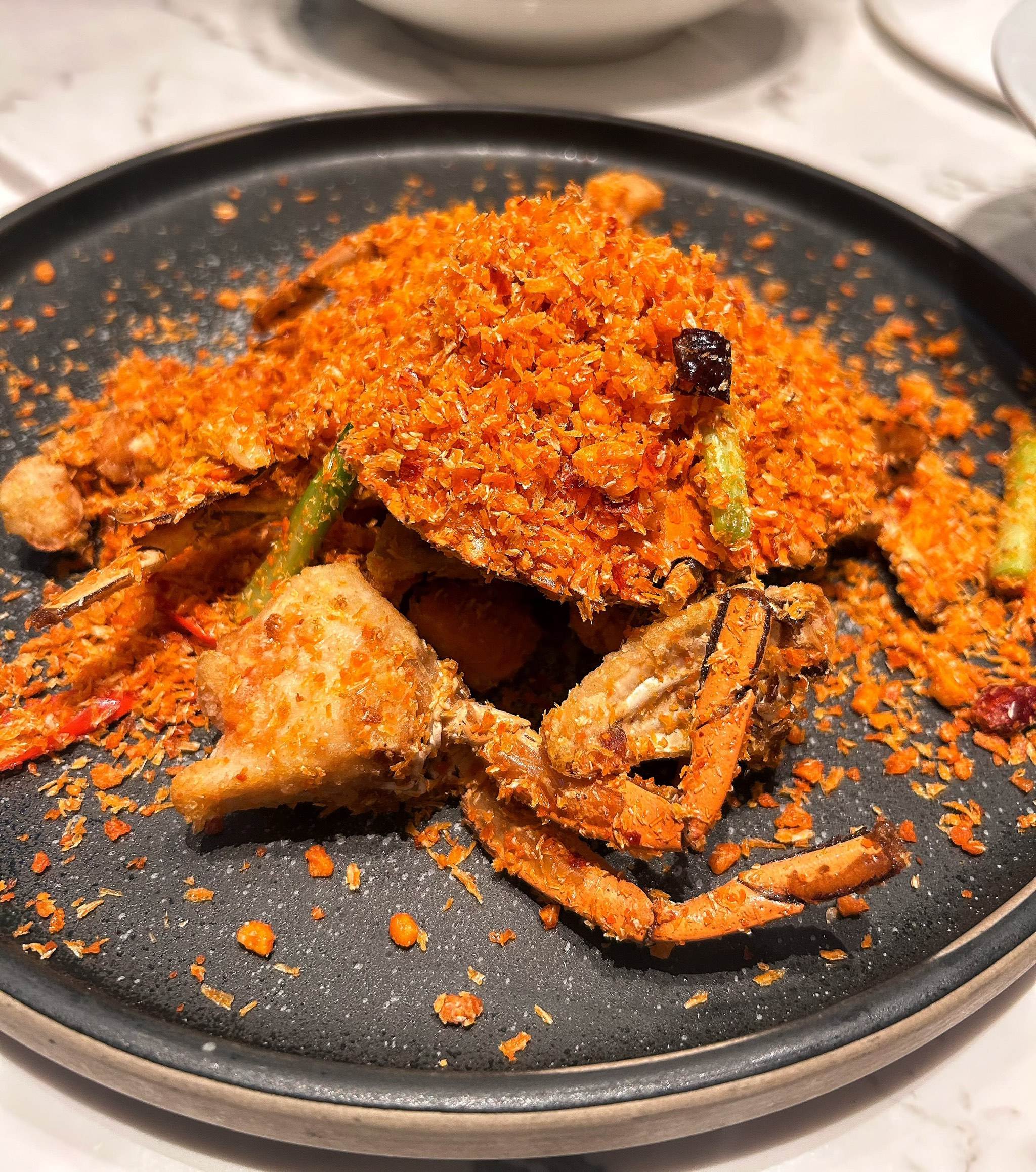
This dish originates from the typhoon shelters found throughout Hong Kong's bays, where fishing boats take shelter from typhoons. Fishermen and boatmen cook seafood delicacies live in their "sea kitchens," developing a unique culinary style. Typhoon Shelter Stir-fried Spicy Crab is a beloved dish. Authentic Typhoon Shelter Stir-fried Crab never uses breadcrumbs or cornstarch to coat the crab. The crispy texture is achieved with pure garlic, which is then deep-fried directly, allowing the garlic oil to fully blend with the crab meat.
When served, the crab shell is vibrant red, the meat is golden and bright, and golden-fried scallions and garlic coat the crab. The aroma of charred crab, garlic, and pepper blends seamlessly, creating a delightful feast for diners.
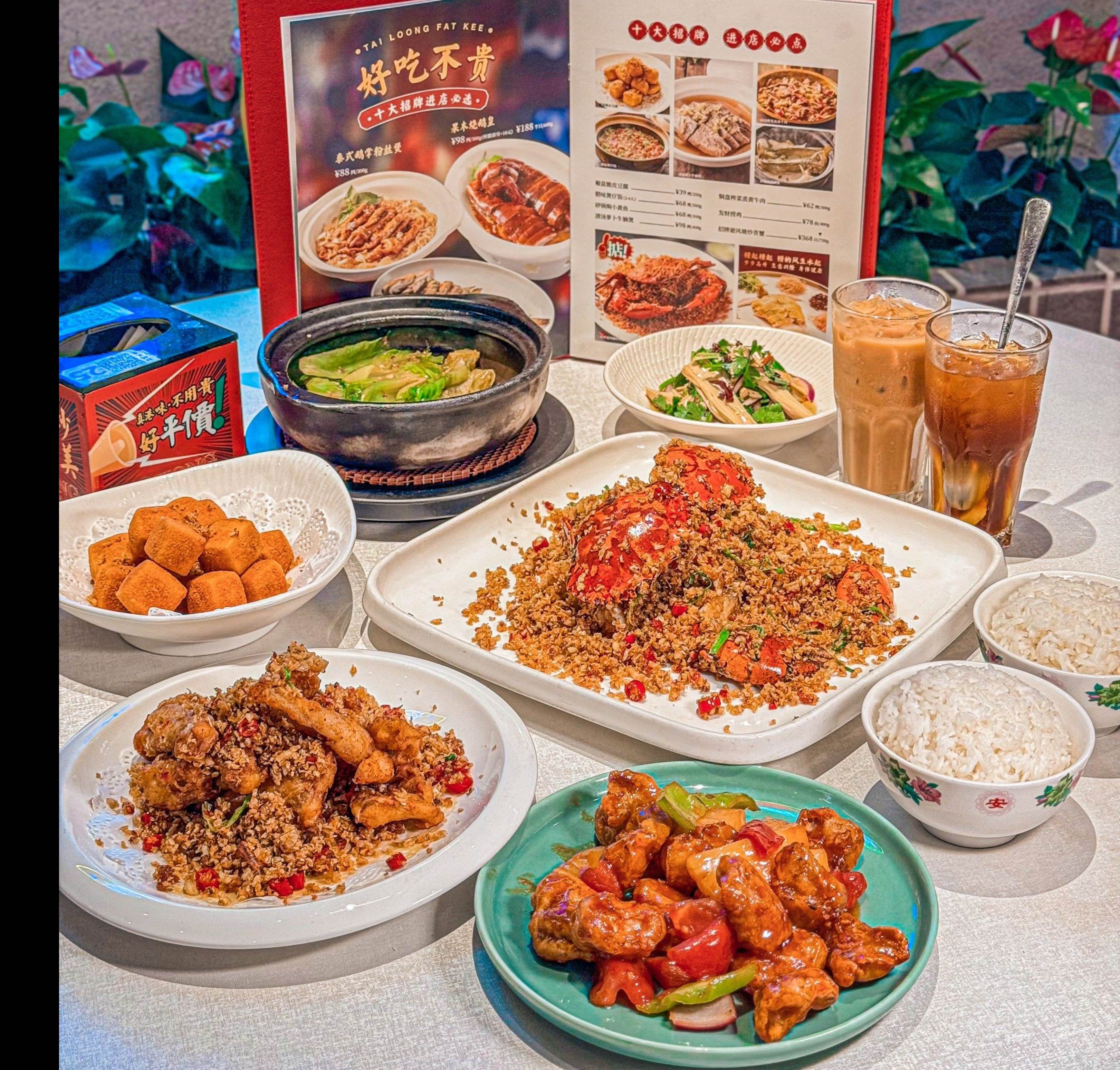
02 Sham Tseng Roast Goose
The pinnacle of Cantonese roast meat
Sham Tseng Roast Goose is a signature Hong Kong siu mei dish, named after Sham Tseng Village in the New Territories. Using Qingyuan black-brown geese, it is grilled over lychee charcoal. The resulting goose boasts an amber-colored skin, crispy yet not greasy, and tender, juicy meat.

The preparation process is unique and complex. The chicken wings undergo numerous steps, including blowing, coating, sewing, scalding the skin in boiling water, rinsing with cold water, smoothing the skin with sugar syrup, and air-drying. Finally, they are hung in an oven or rotated over an open flame to create the dish.
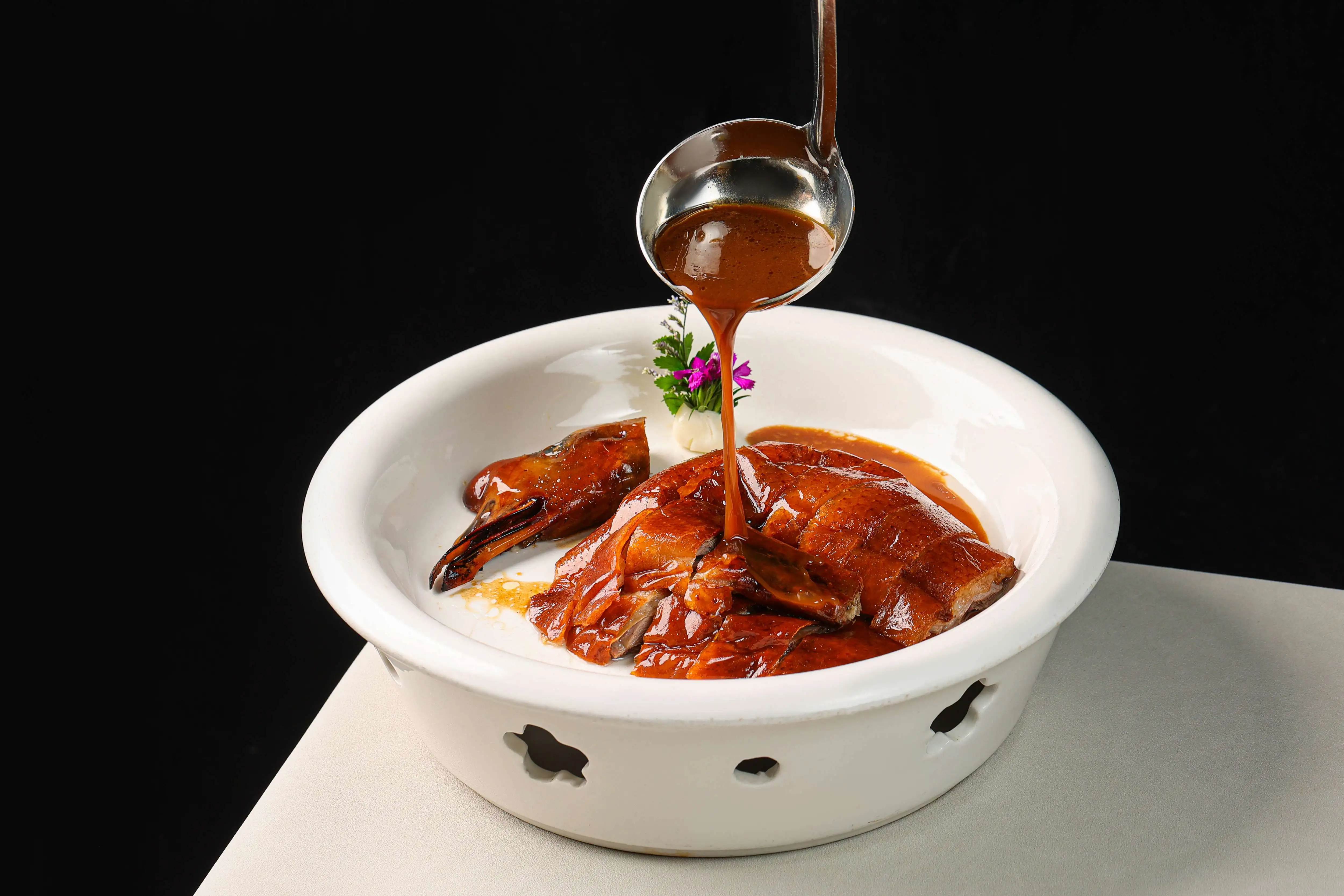
03 Swiss Chicken Wings
A Beautiful Misunderstanding: A Hong Kong Creation
If you walk into any Hong Kong tea restaurant, you'll find this dish. Swiss chicken wings are not a Swiss dish.
Their true form is soy sauce chicken wings, which became famous due to a misunderstanding. The name originated from the Taiping Pavilion in the late Qing Dynasty and early Republican period.

According to legend, a foreigner tried the sweet soy sauce chicken wings at the Taiping Pavilion and said to the waiter, "Sweet! Sweet!"
The waiter, not understanding English, could only memorize the pronunciation and ask for help. Due to the similar pronunciation, someone mistook "Sweet" for "Swiss," assuming the foreigner was referring to the wings' similar flavor to Swiss. The restaurant owner then renamed the soy sauce chicken wings Swiss, and the name has been passed down ever since. Swiss chicken wings are marinated over a gentle heat, ready to be cooked right on the spot. While the wings may seem ordinary, their true value lies in the secret Swiss sauce, a blend of freshly brewed broth and over 70 years of aged Swiss sauce.
The Swiss sauce is made with premium soy sauce, light soy sauce, dark soy sauce, rock sugar, Shaoxing wine, and spices. The chicken skin is evenly colored, and the meat is tender, white, and incredibly appetizing.
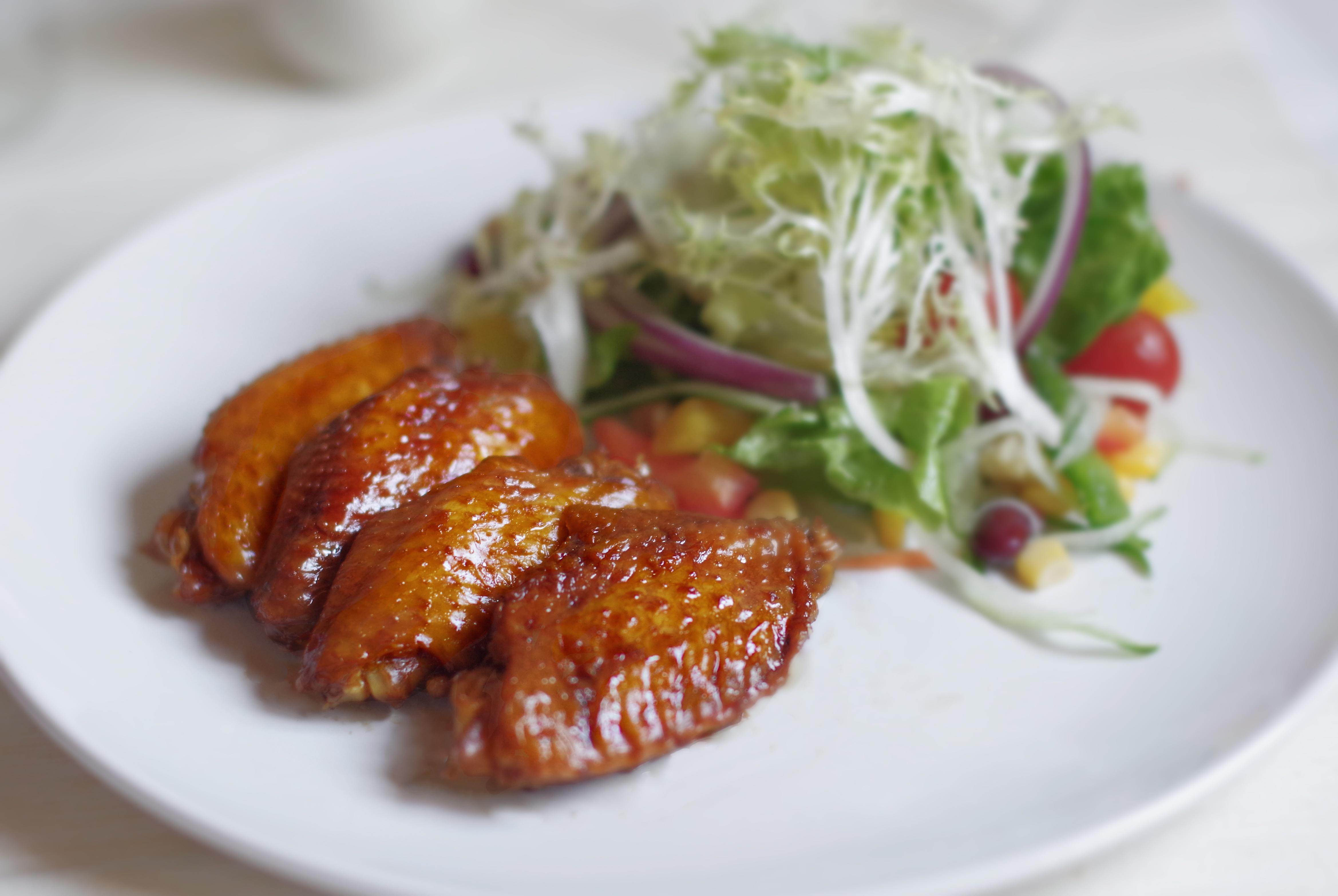
04 Gold Medal Squab
A Hardcore Performer at a Banquet
Gold Medal Squab is considered a "hardcore performer" in Hong Kong cuisine. Selected from young pigeons aged approximately 25 days, they are small in size but boast plump, rich breasts, resulting in a savory, tender, and nutritious meat.

To prepare, the pigeons are cleaned, placed in a brine, and then removed and drizzled with a secret crisping sauce. Upon arrival, the Gold Medal Squab boasts a vibrant red color and a tantalizing aroma that will whet your appetite.
The skin is crispy and chewy, while the interior is tender and sweet. When you tear it apart, the skin and flesh separate, bursting with fragrance and juiciness. The meat is firm and not tough, with no hint of mutton, making it incredibly delicious.
The skin is crispy and the meat is tender, even the bones are crunchy and chewy. This dish is not only delicious but also nutritious, making it a classic favorite for many.
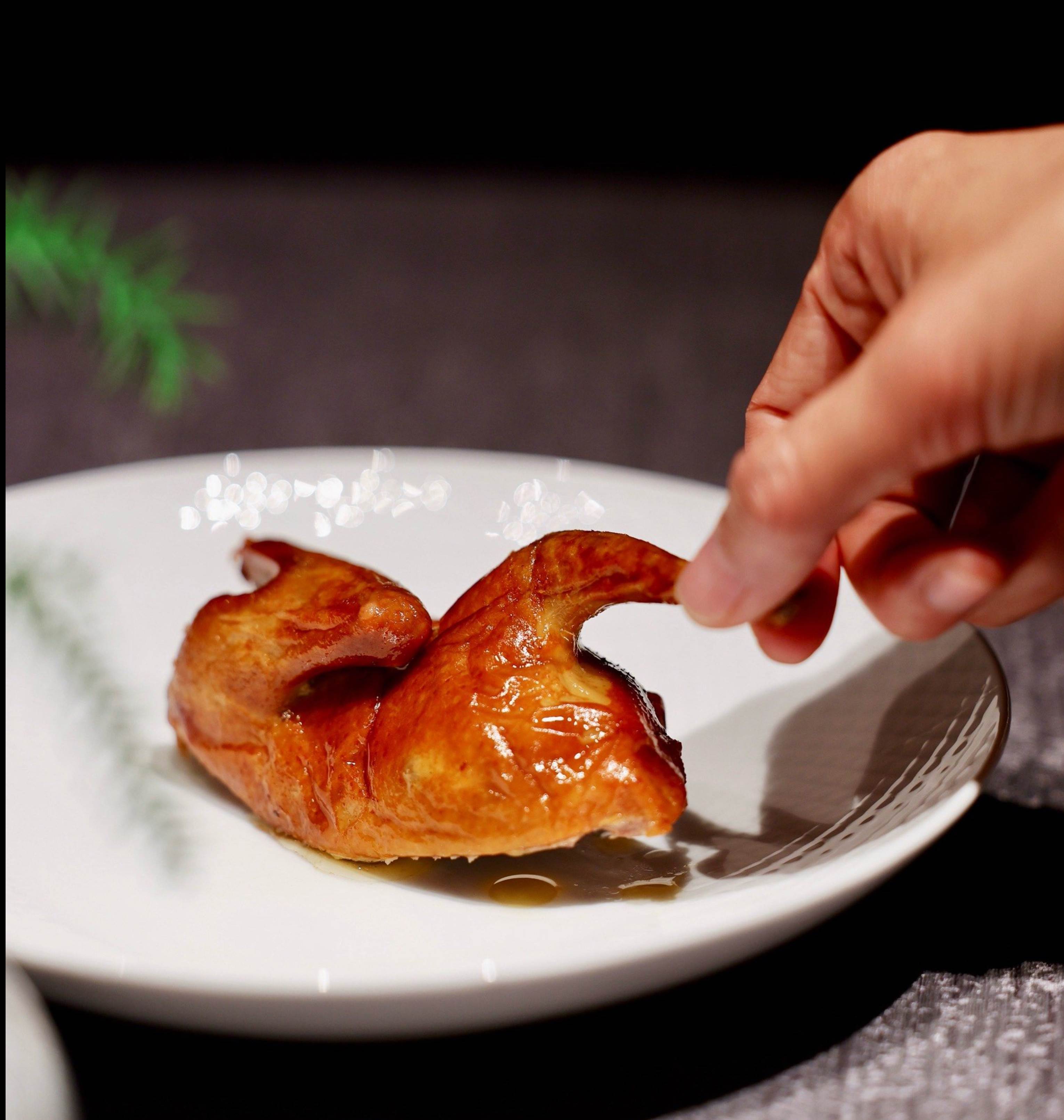
05 Wonton Noodles
The Art of the Springy Texture of Intangible Cultural Heritage
Wonton noodles are a Hong Kong intangible cultural heritage and hold a pivotal position in local noodle culture.
The specialty is the bamboo noodles, made with duck eggs and flour pressed with bamboo poles, resulting in a springy texture. The wontons are filled with whole fresh shrimp and pork hind leg, and the broth is made with sea bass, creating a clear and fragrant broth.
A perfect bowl of wonton noodles requires crispy and springy noodles, thin wonton skin and generous filling, and a clear and delicious broth.
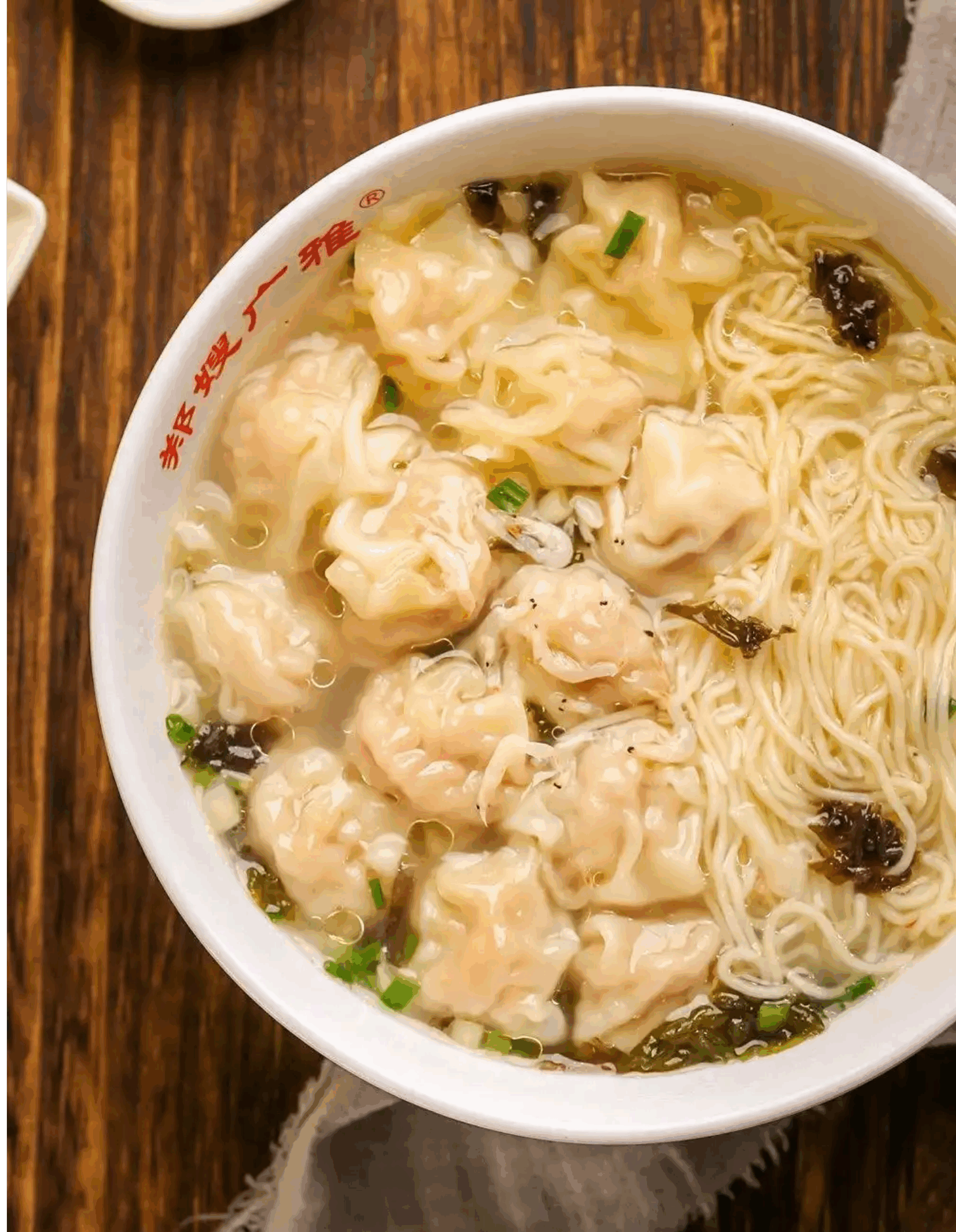
summary
From the fried crab in the Typhoon Shelter to the roast goose in Sham Tseng, from the Swiss chicken wings at Tai Ping Guan to the wonton noodles found on the streets, Hong Kong's famous dishes showcase the city's unique culinary culture and culinary skills.
These delicacies not only delight diners but also carry Hong Kong's historical memories and cultural heritage.
Whether you enjoy a hearty meal or savor them more carefully, there's a dish in Hong Kong that will touch your heart, satisfy your appetite, and leave you wanting more. Diners from all over the world are welcome to come and try them.








